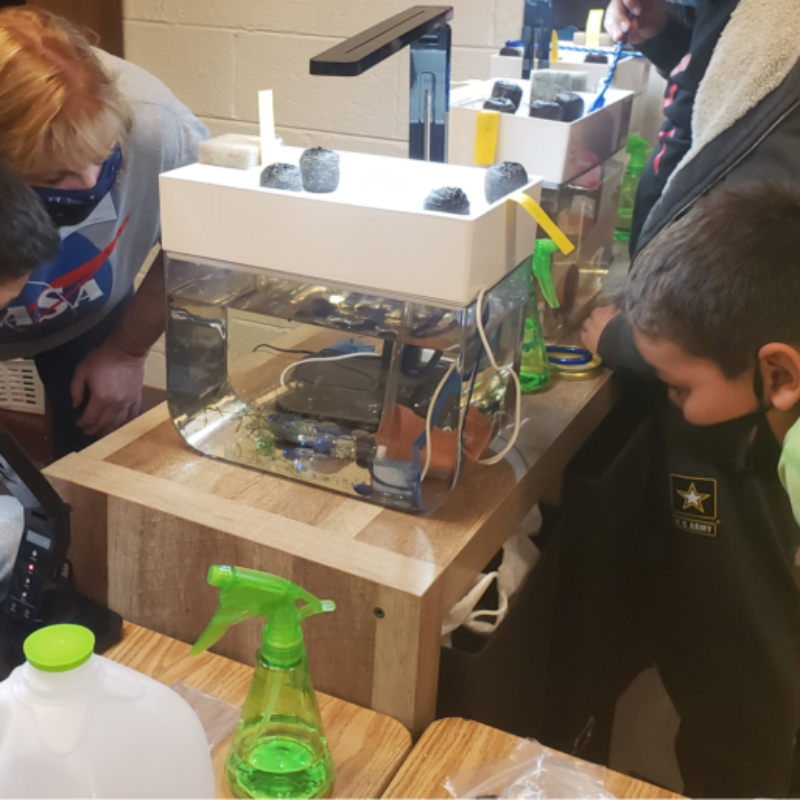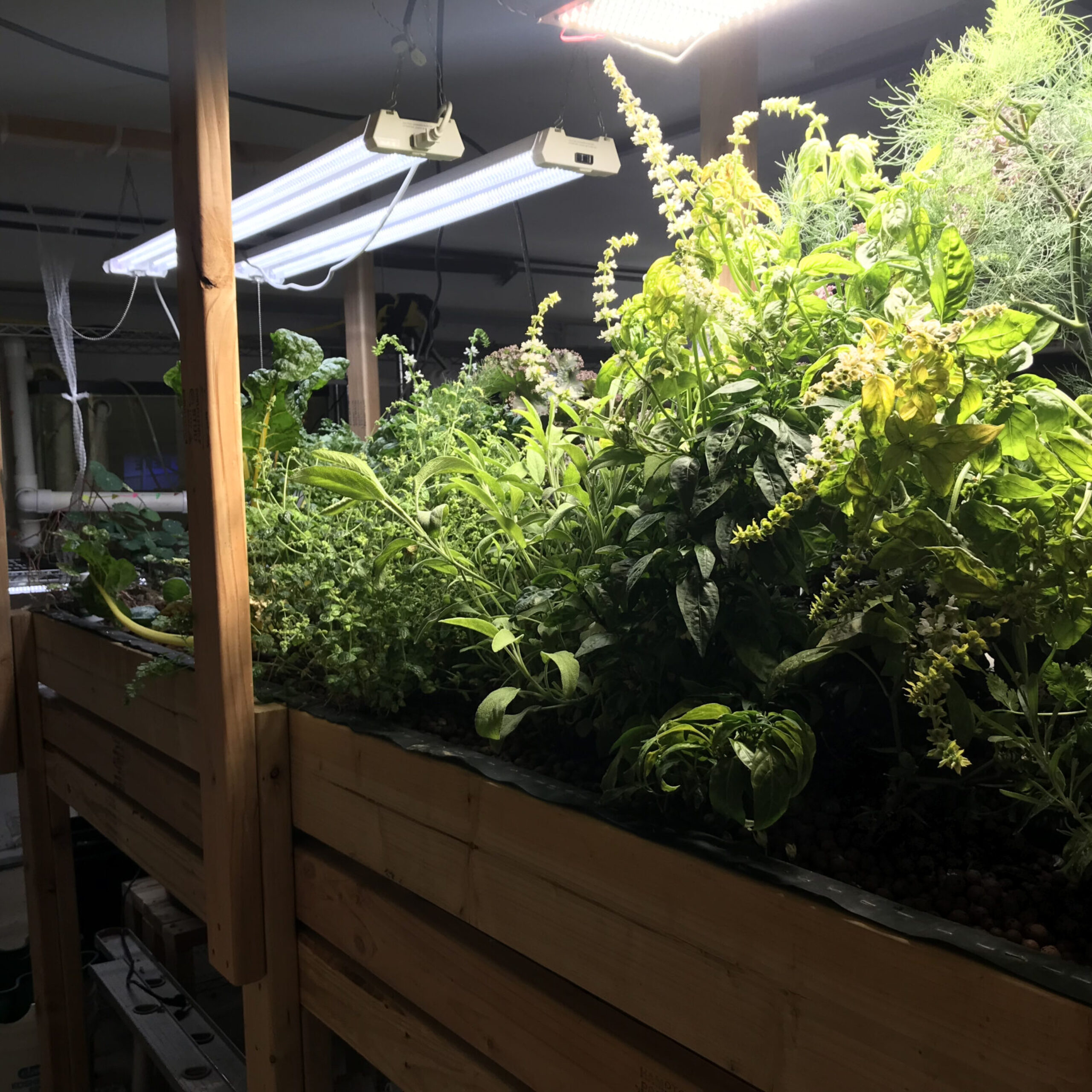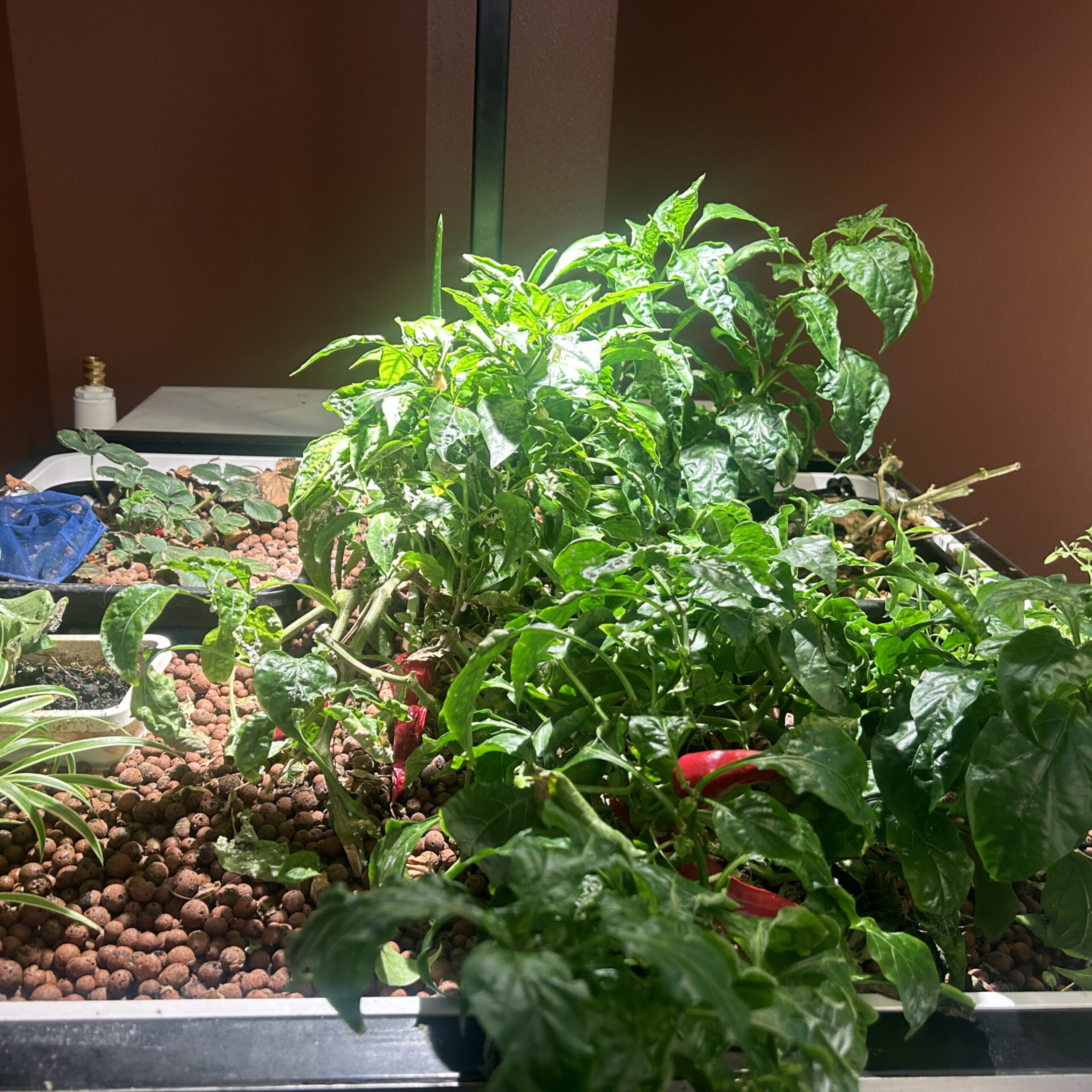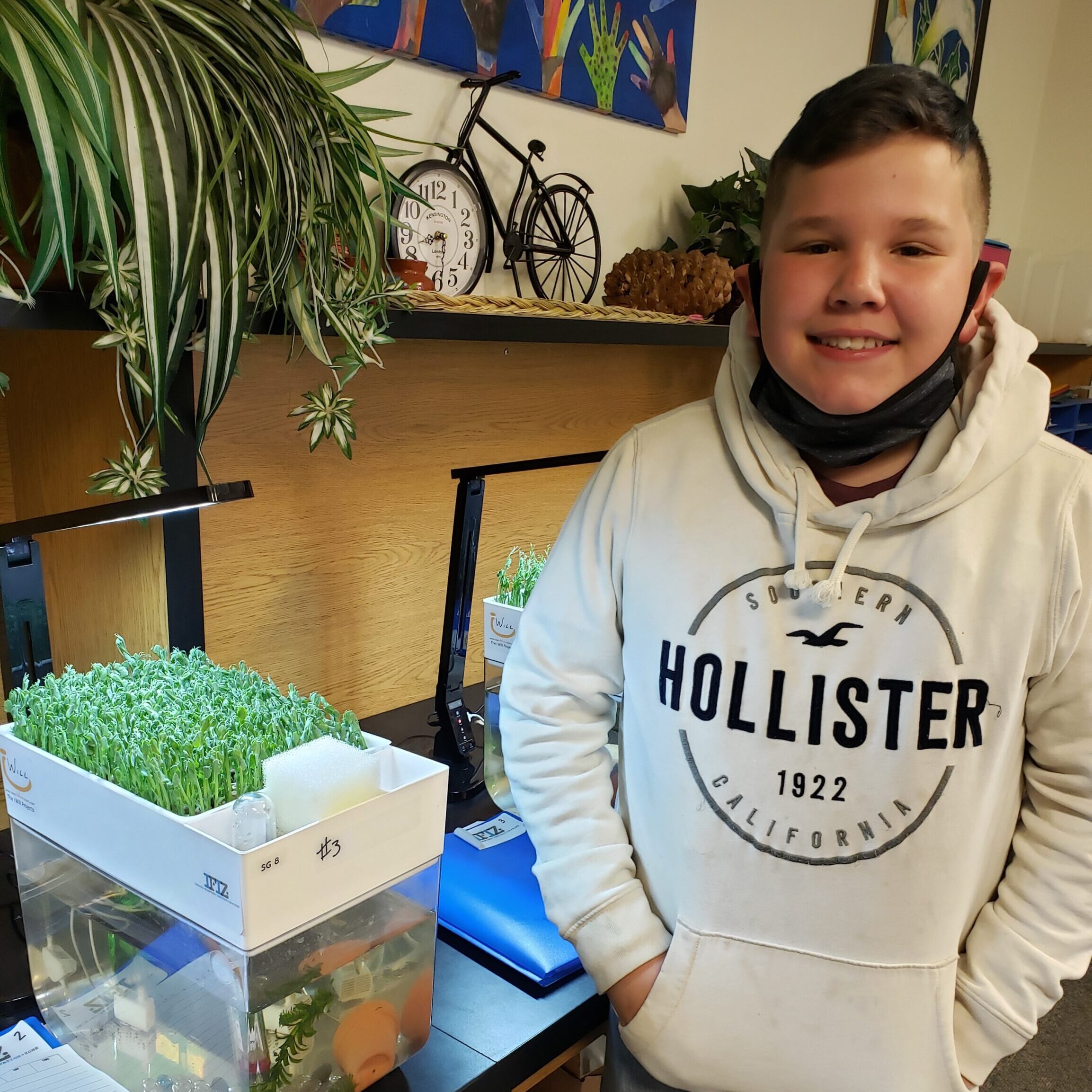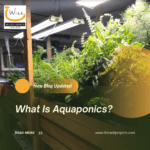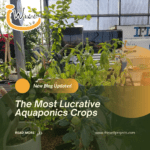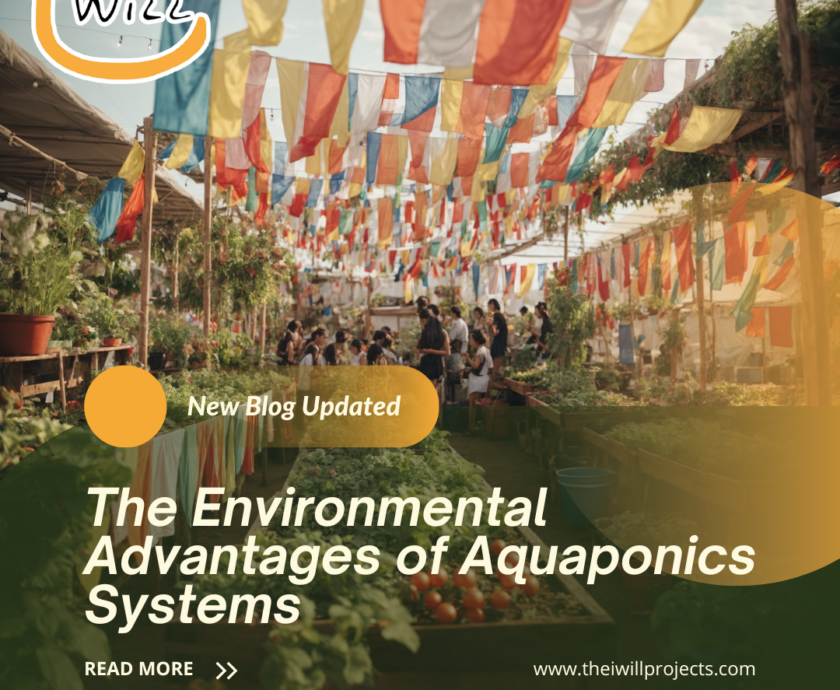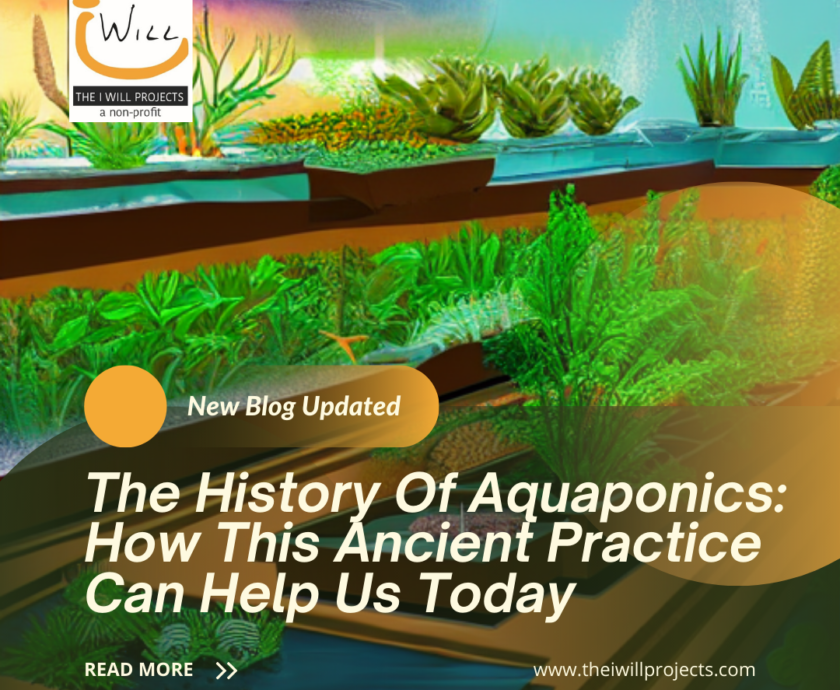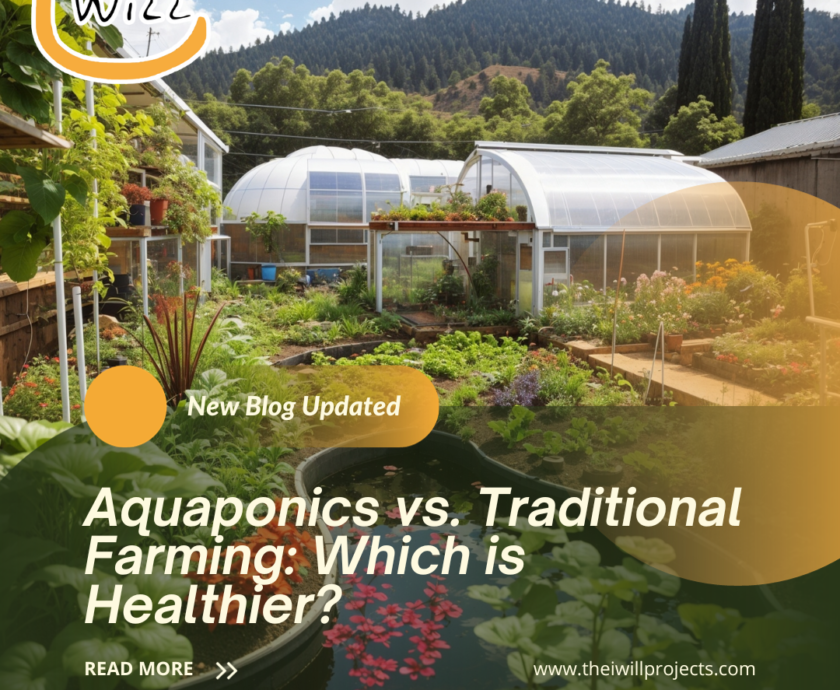Table of contents
Aquaponics is an innovative method of farming that has emerged in recent years. It involves growing plants and rearing fish in a closed-loop environment. When done properly, it offers multiple benefits for both farmers and hobbyists alike: not only does it provide fresh produce, but also eliminates many potential risks associated with conventional farming.
Maintaining optimal oxygen levels is essential for the success of any aquaponic system. An insufficient supply of oxygen can lead to poor health or even death of your aquatic organisms; conversely, too much oxygen may impede plant growth and result in an imbalance of nutrients in the water. This article will discuss some tips on how to maintain optimal levels of oxygen in your aquaponics system.
Source Water
When planning an aquaponics system, the water source must be carefully considered. Well water is often considered a good option as it tends to provide consistent quality and is naturally filtered through the ground rather than being treated with chemicals as municipal water would be. However, surface water is not recommended due to the difficulty in ensuring consistency in water quality and risk of contamination from sources such as pesticides, fertilizer runoff, or animal waste. Municipal water may also contain chlorine and other additives that need to be removed for use in aquaponic systems.
No matter what water source you choose, it’s important to test the water for its quality profile before using it for your system. This helps ensure that the water meets the needs of both fish and plants; salt content, pH levels, temperature and other factors must all be taken into account before adding any species. Upkeep of your chosen source must also be maintained regularly – testing after maintenance or significant weather events should become part of your regular routine.
Testing Frequency
Testing frequency is an important part of maintaining a healthy aquaponic system. Testing helps to prevent problems by enabling you to monitor water parameters and make any adjustments that are needed. To keep the system in balance, it is best to start off with a daily testing schedule. This will help you catch any issues quickly, so that they can be addressed before they become major problems. For example, if high ammonia levels are detected, appropriate steps can be taken such as reducing feedings, increasing aeration, or diluting the water.
Once nutrient cycles are balanced and stabilized in the aquaponic system, weekly testing should be sufficient to maintain balance. However, every situation is different, so it’s important to follow up with more frequent tests if there are any changes in your system. Keeping good records of all readings can provide valuable insights into trends and potential future problems. With regular testing practices in place, you can rest assured that your aquatic environment will remain safe and healthy for years to come.
Dissolved Oxygen
Dissolved oxygen (DO) is a crucial measurement in aquaponics systems. It is important for the health and growth of both warm water and cold water fish, with the optimal levels being 5 ppm for warm water species, such as bass, bluegill and catfish, and 6.5 ppm for cold water species such as trout. Tilapia are more tolerant of lower dissolved oxygen levels although their growth rate will still be affected if the levels drop much below 4 ppm. In situations where dissolved oxygen levels become critically low, even 1ppm, fish will come up to surface waters to find better oxygenation.
When starting a new aquaponics system it is imperative that one routinely measures the dissolved oxygen levels and takes steps to ensure that it stays above 5 ppm, preferably above 6.5 ppm for cold water species – this can be achieved through proper stocking rates and aeration systems. Once a system has been established for some time, monitoring of dissolved oxygen should not be so frequent unless significant changes have occurred in the ecology or flow regime of the system itself.
Temperature Considerations
Water temperature is another important factor to consider when maintaining optimal oxygen levels in an aquaponics system. Fish have a preferred range of temperatures, and if the water is outside of this range, it can cause stress and make them more susceptible to disease. The ideal temperature for most fish is between 68-78°F. If the water gets too warm or cold, dissolved oxygen levels will also be affected since colder water can hold more dissolved oxygen than warmer water. To maintain a consistent temperature, an aquarium heater may be necessary in some systems.
Gallons Of Water Per Pound Of Fish
When stocking your tank with fish, it’s important to determine the correct number of gallons of water per pound of fish . This will prevent overstocking and ensure that there is enough oxygen in the water for all the fish to thrive. Generally, it is recommended that you have at least 1 gallon of water per 2 lbs of fish. If you plan on stocking more than this, additional aeration should be considered to increase the oxygen levels in the tank.
Uneaten Food and Dead Fish
Uneaten food and dead fish can quickly deplete oxygen levels in an aquaponic system as they decompose. To reduce this risk, feed your fish only as much as they can consume within 5 minutes. Any leftover food should be removed from the tank with a net or siphon before it has time to decompose and add more organic waste into the system. Dead fish should also be promptly removed to prevent oxygen depletion.
Ammonia Levels
Ammonia is an important chemical found in many aquatic environments. It is a product of the decomposition of organic matter and it is released when fish excrete nitrogenous wastes through their gills and urine. The ratio of ammonia that is considered toxic to the environment varies depending on the pH level and temperature of the water. At higher temperatures, more ammonia exists as un-ionized NH3, which can be highly toxic to aquatic life. To measure the potential risk posed by ammonia levels in an aquatic environment, scientists typically test for Total Ammonia Nitrogen (TAN), which takes into account both the NH3 and NH4 forms of ammonia present.
Proper management of ammonia levels in an aquatic environment can greatly improve water quality and support a healthy ecosystem. This includes monitoring pH levels, maintaining water temperature within a narrow range, setting limits on nutrient runoff from fertilizer use, or adjusting stocking densities of fish if necessary. To ensure accurate amounts are being measured, professional certification might be required when testing for TAN. By of properly managing ammonia levels and taking steps to reduce pollutants entering an aquatic environment, we can help protect our waters now and in the future.
Ammonia Removal & Utilization
One of the challenges of maintaining a successful aquaponics system is the removal and utilization of ammonia, which is excreted by fish. If left to accumulate, this ammonia can quickly become toxic to the fish. Fortunately, aquaponics systems are designed to remove gluttering amounts of ammonia from the water before it causes problems. The process of removing and utilizing this nitrogenous compound is known as nitrification, which is completed in a two-step bacterial reaction.
The first step requires Nitrosomonas bacteria to convert excreted ammonia and ammonium in nitrites (NO2). This process uses oxygen but produces acid (H2) as a response, which can be highly detrimental to fish when it accumulates in high concentrations. The second step involves Nitrobacter bacteria converting nitrite into non-toxic nitrate that can be used in the hydroponic component as fertilizer for plants growing within the system. Nitrate itself does not require oxygen for its production but oxygen levels need to be maintained because depletion can lead to further reductions in pH values.
Beneficial Bacteria
Beneficial bacteria are key to the success of an aquaponics system. These bacteria, along with other microorganisms, play important roles in the nitrogen cycle and help to keep the water clean and safe for fish. Additionally, these bacteria are instrumental in breaking down organic waste material and converting it into usable nutrients for plants. There are two main types of beneficial bacteria found in aquaponic systems: nitrifying bacteria and denitrifying bacteria. Nitrifying bacteria convert ammonia from fish waste into nitrates that are then used by plants as a source of nutrition while denitrifying bacteria convert nitrates back into nitrogen gas, which is then released into the atmosphere.
Biological Filters
Biological filters are essential components in any successful aquaponics system. They help keep your aquatic environment balanced while removing accumulated nitrates, which are the end product of nitrification from the fish tank water. It’s important to note that biological filters do not filter out solid debris, such as uneaten food or feces; this needs to be removed manually or with a mechanical filter.
Benefits Of Biological Filters In Aquaculture Systems
The benefits of having biological filters in Aquaculture systems are numerous. By utilizing natural bacteria to break down waste material, you’ll be able to reduce the amount of harmful ammonia, nitrites and nitrates present in your water supply. This helps promote better health for aquatic life, including fish and invisible microorganisms.
Biological Filters Clean And Purify The Water Of An Aquaponic System
Since toxins derived from fish waste enter directly into an aquaponic system’s reservoir through peristaltic movement, it becomes increasingly difficult to keep levels safe and ideal for growing produce and maintaining good quality water for fish stocking activities. That’s where biological filters become invaluable tools when building an aquaponics system.
Types Of Biological Filters Available For Aquaponic Systems
There are several different types of biological filters available for use in an aquaponic system, each offering their own unique benefits depending on your individual needs:
• Mechanical Filter: Mechanical filtration removes solids from the water column so you can ensure that all larger matter is removed before using a chemical or biological filtration process on your setup.
• Chemical Filter: Chemical treatment works best when combined with mechanical filtration; usually activated charcoal removes metals like copper while zeolite absorbs ammonia.
• Biofilter Media: Biofilter media provides areas where beneficial bacteria can grow quickly and efficiently.
• Calcium Reactors: When properly managed calcium reactors work together with other types of biological filtration processes to provide specifically engineered environments tailored entirely around needed levels within an aquaculture system.
• Wetland Columns & Gravel Beds: This type of media offers extended surfaces for contact between beneficial bacteria along with oxygenation capabilities needed for faster conversion rates between toxins found inside many aquarium reservoirs.
• Nitrate/Nitrite Adsorbers: Simply put, these systems actively pull certain compounds out from water columns ensuring better quality thriving environments over time – thus improving overall conditions for all species.
Aquaponics is all about creating sustainable conditions capable promoting both plant growth and clean aquatic habitats -and nothing can accomplish this goal quite like investing into fully operationalized bio-filtering procedures tailored toward individual requirements tied directly into any given set up’s proper functioning maintenance traits. From gravel beds & wetlands construction materials up to purpose built vessels like calcium reactors, good filtering units are one key element working hand-in-hand with other components found throughout entire gardens allowing them all work perfectly together toward achieving one greater objective – sustaining life!
Conclusion
In conclusion, maintaining optimal oxygen levels in aquaponics systems is essential for the health and vitality of your plants, fish and microbes. By establishing a proper balance of oxygen as well as utilizing oxygen-rich media such as gravel or pebbles, water changes, aeration pumps, supplemental air stones and frequent cleaning of your tank, you can ensure that your aquaponics system has an adequate supply of oxygen at all times. Additionally, remember to monitor pH levels closely to ensure that it remains within the ideal range for aquatic life. With diligence and dedication to keeping your system clean and well-maintained with these essential tips, you’ll be sure that your aquaponics setup is providing ample oxygen to its inhabitants.
The I Will Projects, a 501(c)3 organization serving communities since 2014, believes in multiple solutions to address global challenges. Our IFIZ education programs focus on general aquaponics, growing microgreens and sprouts, and insect farming. These programs empower communities by expanding knowledge, developing collaboration, and advocating for sustainable innovation. Our aim is to contribute to a regenerative food system, ensuring access to healthy food and recognizing food as medicine.
References:
https://gogreenaquaponics.com/blogs/news/the-importance-of-dissolved-oxygen-in-aquaponics
https://pubs.nmsu.edu/_circulars/CR680/
fisheries.tamu.edu/files/2020/10/Water-Quality-In-Aquaponics-Sink-Masabni.pdf



